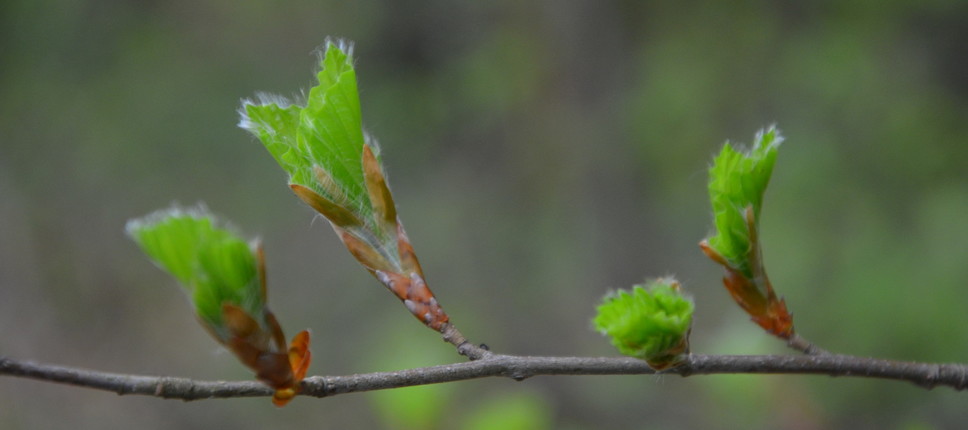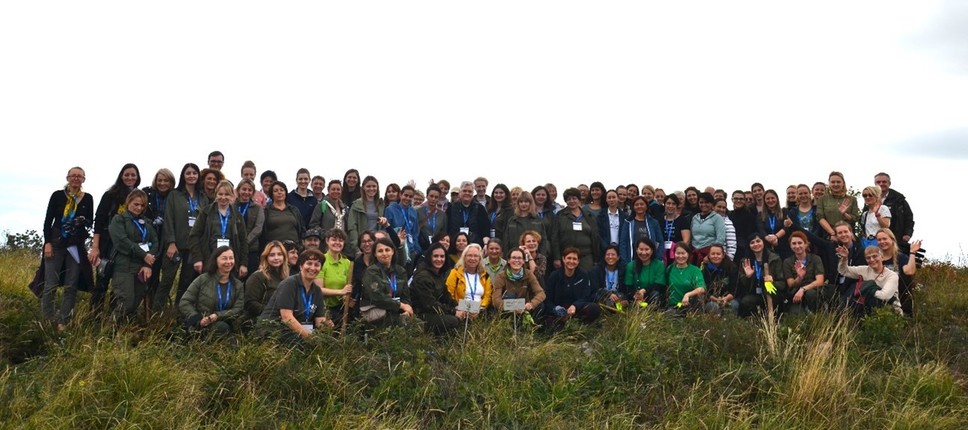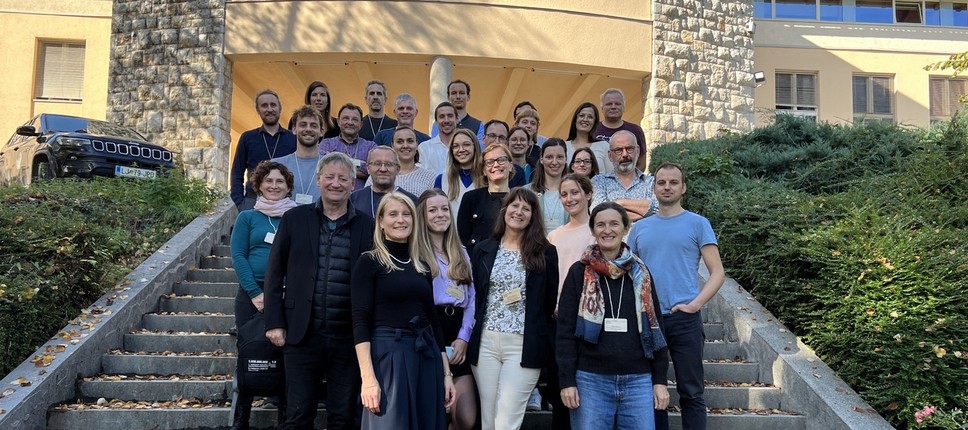A pair of forestry researchers pull up in their vehicle at a convenient spot near their sampling area. They unload their equipment and launch a remotely controlled unmanned aerial vehicle (drone) that flies autonomously towards a set of predefined GPS coordinates miles away. As the drone reaches the waypoint, the operator takes manual control and surveys the sample tree canopy with the aid of the on-board camera, selects the most suitable branch to sample, carefully closes in and collects the sample with a sampling device mounted on the drone. The operator then steers the drone up and commands it to autonomously return to the starting point and thus retrieve the collected sample. Researchers land the drone, bag and label the sample and repeat the process. A few years ago this would have sounded like a scene from a movie, but at the Slovenian Forestry Institute (SFI) a team of researchers are on a mission to turn this high-tech concept into reality.
Sampling plant tissue or other biological materials in tree canopies has always presented a particular problem to forestry researchers. Until now this task was most often tackled by one of the following approaches: (i) use of trained climbers to scale the trees and collect samples in the canopy (drawbacks: expensive and time consuming); (ii) use of firearms or other projectile casting tools to shoot off samples from the canopy (drawbacks: potentially hazardous to collectors and forest biota, not sufficiently discriminating); (iii) collection of samples after felling (drawbacks: most invasive and terminal – no future sampling of the same individuals possible).

Photo: A beauty shot of the Airborne canopy sampling device mounted on a high-performance Sky Hero Spyder X8 series octocopter after the flight presentation at EUFORINNO Forest genetic monitoring and gene banks workshop held on January 25th 2016.
The popularisation of remotely controlled multirotor drones in hobbyist and professional communities has inspired personnel from SFI’s Department of forest physiology and genetics to start exploring the idea of developing a remotely controlled drone-based system for collecting samples in tree canopies. Research and innovation focused EUFORINNO project eventually provided the means to make the airborne tree canopy sampling concept come to life.
In order to achieve such an ambitious goal, the SFI partnered with “Zavod 404”, a research and innovation oriented technology centre that provided the engineering know-how and manufacturing capacities to create a device that would meet the very specific requirements set forth by the researchers. The resultant device is a remotely controlled mechanical arm with a spring-loaded scissor type cutter and a grabbing tool that attaches to a multirotor drone and enables operator to precisely and selectively cut the branch to be sampled remotely and retrieve it. The operator guides the drone and collects the sample with a help of an on-board camera displaying imagery on a display attached to the operator’s remote control unit thus also enabling “out of operator’s visual range” operation.

Photo: A close-up of the working end of the sampling device. Curved rods serve as guides that help align the branch in the cutting/grasping plain of the device. The blue box that can be seen mounted on the arm contains a camera that displays imagery on operator’s display and aids in precise positioning of the drone during sampling.
Ground testing of the cutting/grabbing operation of the device was conducted during the course of September and October 2015 while the first airborne testing of the sampling device took place on November 1st 2015 during which the drone operator successfully cut and retrieved the sampled branch. Based on the observations collected during ground and flight tests the sampling device has been further improved and development and testing of a higher performance multirotor drone suitable for carrying the sampling device and with a high level of stability and control input responsiveness was initiated. Additionally the tree canopy sampling device was submitted for grant of patent at Slovenian Intellectual Property Office (application no. P-201500288) and European Patent Office (application no. EP16150006.1). As proficiency of drone operator is a key factor in successful airborne tree canopy sampling, training was also organised within EUFORINNO for four SFI staff members to become proficient drone operators.
Although airborne tree canopy sampling device is in a working prototype stage, the successful testing of the device has filled the development team with enthusiasm to pursue the concept further and researchers at Department of forest physiology and genetics are planning to use the device in the field in ongoing and future projects. We envision that the airborne tree canopy sampling system and other drone-mounted research instruments will become indispensable tools in forest and forestry research in the very near future.
Authors: Marko Bajc, Domen Finžgar, Hojka Kraigher
Photos by Domen Finžgar, Mark Walter and Jernej Brezovar
Edited for web by Boris Rantaša
Featured photo: Airborne tree canopy sampling system in action. High stability, high control responsiveness and excellent power-to-weight ratio of the Sky Hero Spyder X8 series octocopter enable safe operation literally among tree tops.






